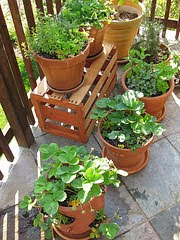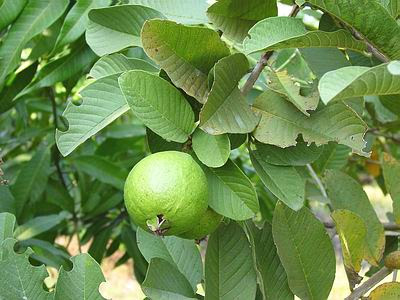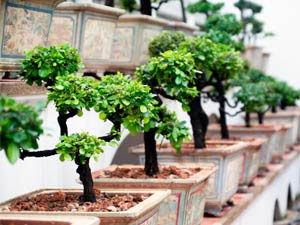Organic Container Gardening

Growing your own food is a great way to reduce your carbon footprint, guarantee food safety and quality, and save money in the process. But if you’re short on time and space, containers are an easy way to garden. If you haven’t started your garden yet for the summer, it’s not too late.
Soil
Make sure that the soil you buy is natural, with no pesticides, herbicides or artificial fertilizers added to it. There are organic options for fertilizers available (such as natural manure and peat) although plants in containers usually thrive without adding anything to the soil. In some cases, plants can benefit from crushed eggshells added to the soil, which provides extra calcium.
Containers
One of the biggest mistakes organic gardeners can make is using treated wood for containers. Chemicals that the wood has been treated with can leach into the soil and into your vegetables. Choose raw, natural wood instead. Ceramic or clay pots are also available, and of course, the cheapest option is plastic. Make sure all the containers have areas for drainage. Most store-bought containers have a hole in the bottom already, but if you’re making your own, be sure to add one.
Vegetables
* Make sure that all the seeds and plants you buy are certified organic. For those of us who live in North America and are not lucky enough to have genetically-modified products and seeds labeled as such, certified organic guarantees that they are not genetically engineered.
* Tomatoes are a great plant for any beginner because they’re so easy to take care of. Also, there are tons of heirloom varieties to choose from. Cherry tomatoes are a classic favourite, but it’s also fun to experiment with yellow tomatoes, green tomatoes, and tiger-stripe tomatoes. They make recipes like pasta sauce and bruschetta more colourful and delicious. The thing to keep in mind with tomato plants is that they can get quite tall, and require sturdy wooden poles for support. It’s easy to tie the plants loosely to the poles with some hemp twine.
* Other vegetables that are good options to include root vegetables like radishes, beets and carrots. Peppers are also surprisingly easy to grow in containers. Organic bell peppers can be quite expensive, so this is definitely a good investment. Greens like lettuce and spinach work well too.
* Finally, herbs are an essential for the beginner gardener. Chives and rosemary are great in cooking, and lavender and mint can make tea and sweet-smelling homemade bodycare products. Parsley is one of the easiest herbs to grow—it doesn’t need a lot of warmth or water (it can even survive the winter!), it doesn’t attract a lot of pests and it can be added to almost any recipe. Herbs can be combined in one big planter, while vegetables should be kept separate.
Watering
The great thing about containers is that they can easily be moved in and out of the sun or rain. You can even buy wheels for the bottom of the containers! Some plants do better in the elements then others, but moving them undercover when its raining is generally a good idea. When watering your plants, water close to the roots and try to avoid getting the leaves and vegetables wet. When you first plant seeds, water gently so the seeds won’t get uprooted and wash away.
Insects
Not all insects are bad in the garden. Knowing which bugs to keep around can actually improve your vegetables. Garden-friendly insects include bees (to pollinate plants), ladybugs, dragonflies and spiders (who will eat insects you don’t want) and earthworms. Not-so-friendly critters include slugs and snails, and aphids. You can also make your own organic “pesticide” by pouring a little liquid soap on aphids, which will kill them. Even better, introducing ladybugs will solve the problem.
In many cases, simply spraying aphids with the hose will wash them away. Slugs can usually be deterred by a ring of eggshells or pine needles around the plants that they cannot cross. To kill slugs, beer and salt both work well.
Source: green-blog.org









Comments
Post a Comment